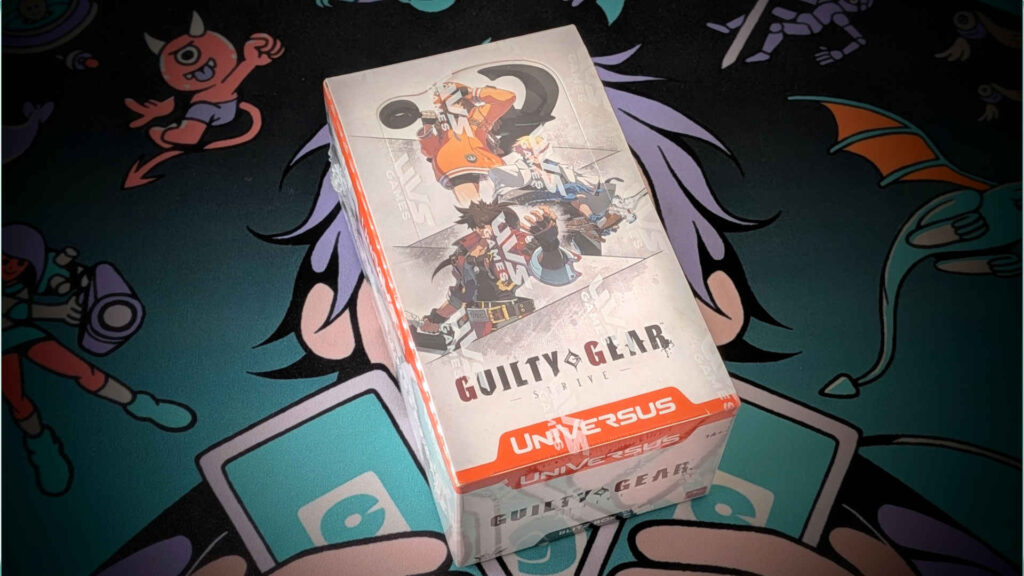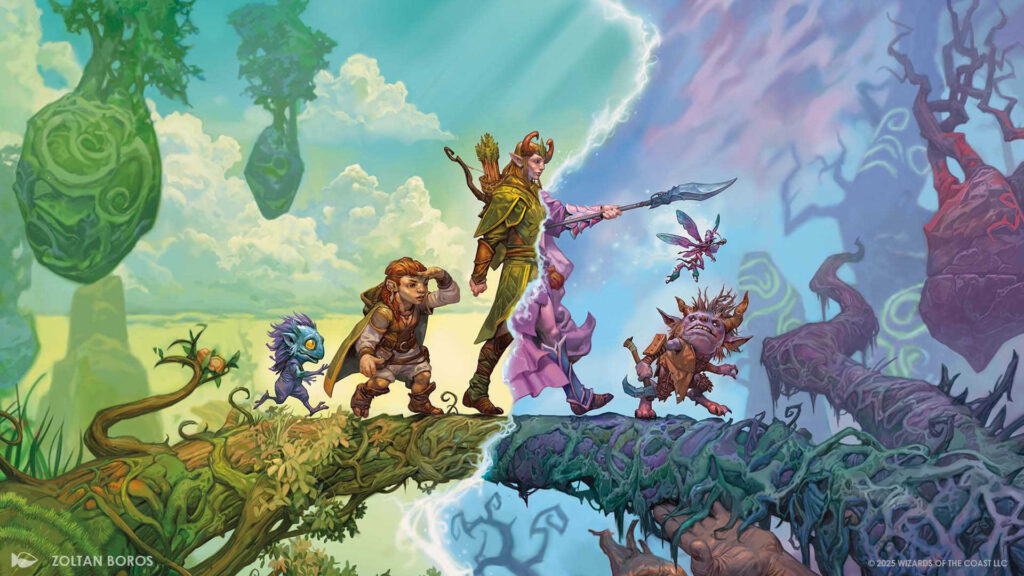Images courtesy of KONAMI
On April 6th, 2025, the latest update to the Yu-Gi-Oh! banlist was announced at YCS Houston. This list then went into effect the next day, on April 7th. There’ve been some seismic changes here, impacting a total of 30 cards. Some in the community are celebrating explosive archetypes getting reigned in, while others are mourning the ban hammer smashing down on their favorite decks.

Let’s go through all of these bans, and talk about what’s changed, and how the meta might look moving forwards. The primary archetypes impacted were Ryzeal and Maliss, the two biggest decks prior to this banlist coming into effect. We’ll give those decks their own sections, as we discuss whether they’re still playable post-ban.
Let’s get started unpacking the April 7th bans.
Table of Contents
ToggleCards Banned on April 7th
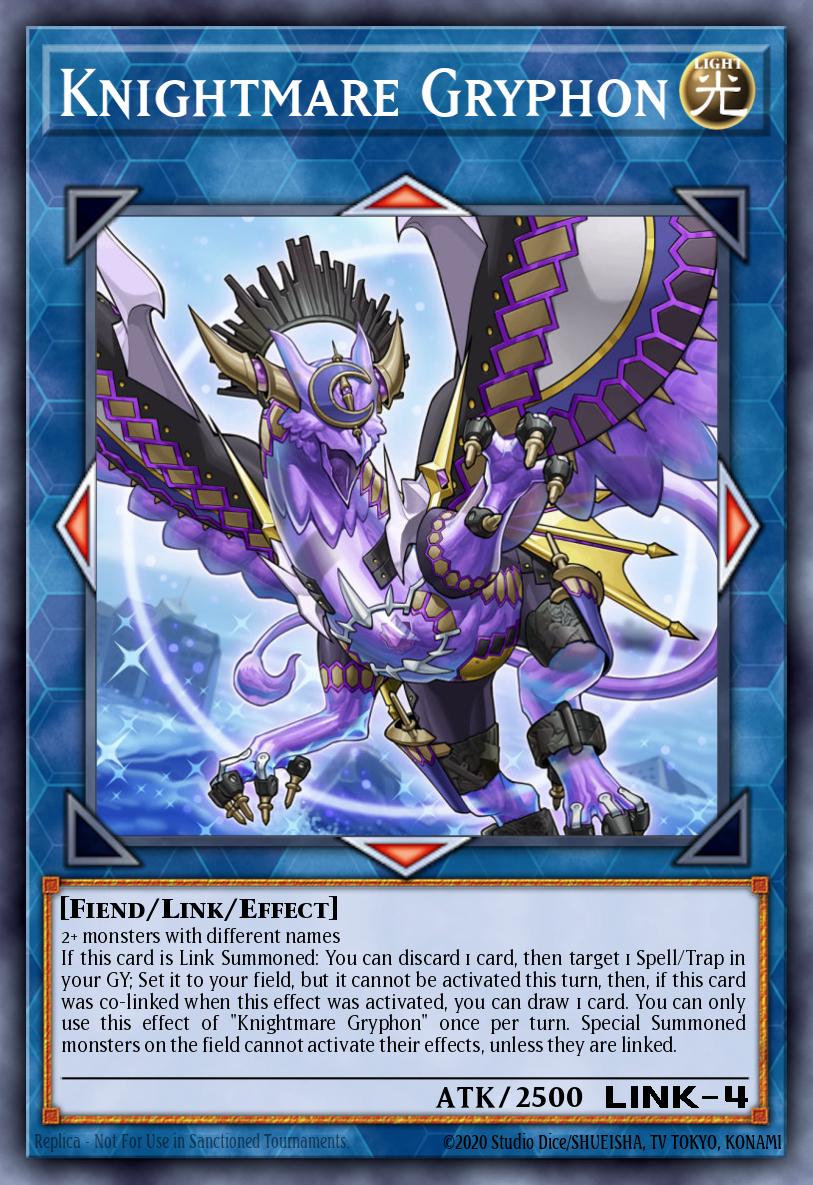
Four cards have been banned completely: Knightmare Gryphon, Abyss Dweller, Link Decoder, and Bahamut Shark.
For many, the Knightmare Gryphon and Abyss Dweller bans have been a long time coming. Both are floodgate cards that restrict potentially creative strategies. Knightmare Gryphon locks decks that don’t run enough Link monsters out of access to their monster effects, while also recuring a spell or trap card. Abyss Dweller heavily penalizes graveyard-based strategies by preventing opponents from using any card effects from the graveyard for two turns. Getting rid of these cards opens up more possibilities for innovative brewers.
Link Decoder has been an essential extra deck component for Cyberse Link strategies since it was first released two years ago. Its ability to return to play after being used as Link Material for a Cyberse monster was invaluable. Link Decoder coming back into play allowed effortless flow from one Link Summon directly into the next. Many link based archetypes from Maliss to Marincess will be sad to see this little Cyberse soldier go.
The Bahamut Shark ban impacts Mermail decks, as it robs them of their ability to access the card Toadally Awesome. Bahamut Shark’s effect could be used to cheat Toadally Awesome out of the Extra Deck, without needing to XYZ summon it. Once in play, Toadally Awesome has a universal negate effect capable of throwing a wrench into any opponent’s plans.
What’s interesting about this ban is that it represents a difference in philosophy from the Japanese OCG. In the OCG, Toadally Awesome has been banned since 2022 while Bahamut Shark remains unlimited. Meanwhile, in the TCG, Toadally Awesome is still available for those willing to “fairly” summon it using level two Aqua monsters.
Cards Unbanned on April 7th
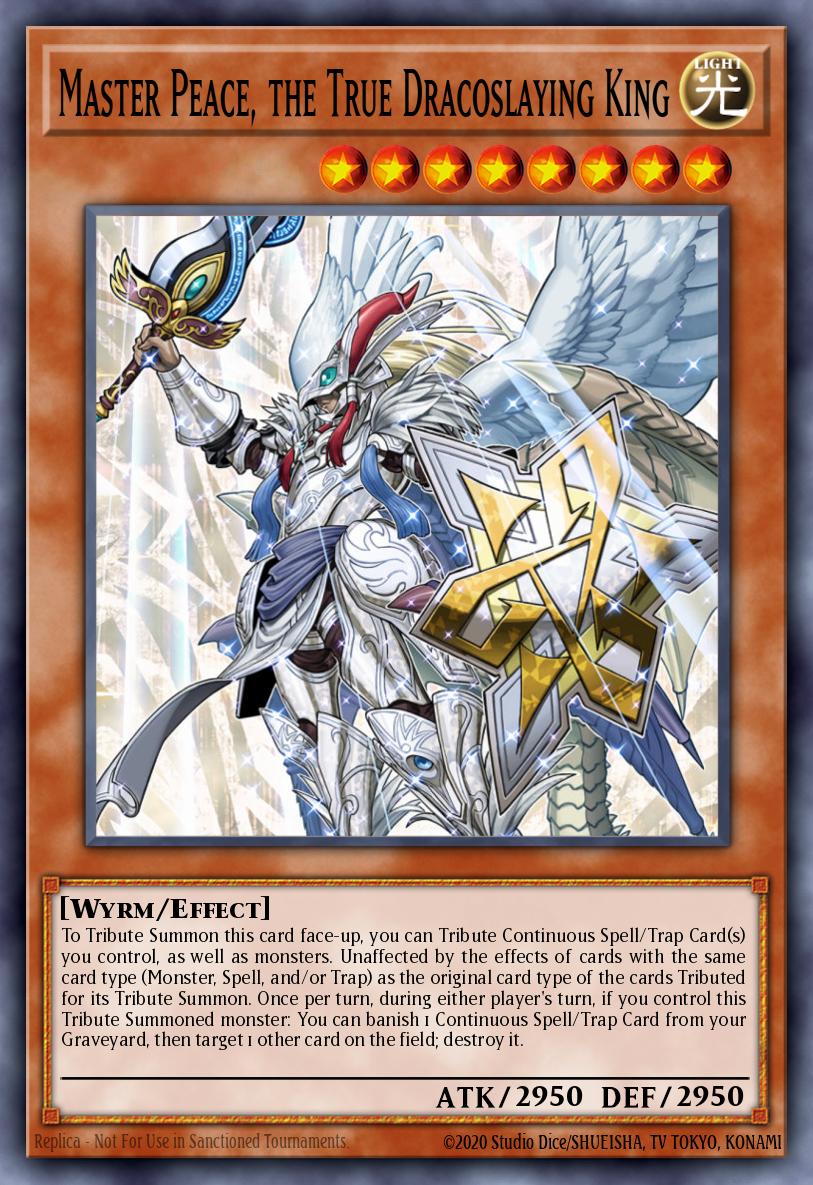
Master Peace, The True Dracoslaying King, Mathmech Circular, and Brilliant Fusion are no longer forbidden and are now just limited. This could lead to a resurgence in the popularity of their respective archetypes. True Draco and Mathmech are both powerful suites of cards, that will be delighted to get their most impactful monsters back. Gem Knights, meanwhile, haven’t been relevant in a long time. With Brilliant Fusion unbanned, it may be worth unearthing Gem-Knight Master Diamond. When the Gem Knight cards from Terminal World 2 get a worldwide release then these jewel-clad cavaliers may just find themselves charging back into the meta.
It’s a good day to be a jar, as Cyber Jar is now unlimited, while Morphing Jar is now only semi-limited. These two jars are menaces in the Goat format, which replicates what the game was like in April 2005. Both of them are key ingredients in “empty jar” mill decks. The game is far too fast paced for milling strategies to work today, and these jars are safe unbans that aren’t likely to shake things up.
Snake-Eye Ash and Snake-Eyes Poplar have been moved from limited down to semi-limited. With Original Sinful Spoils – Snake-Eye still forbidden though, it doesn’t seem like Snake-Eye will terrorize 2025 like it did 2024. Black Dragon Collapserpent and White Dragon Wyverburster have also moved from limited to semi-limited. This is good news for Dragon Link players although it’s balanced out by Bystial Druiswurm becoming limited.
The last card to make the journey from limited to semi-limited is Unchained Soul of Sharvara. Unchained monsters, much like Fire Kings, focus on self-destruction in order to gain access to beneficial effects. The Soul of Sharvara is a searcher card for the archetype, so their consistency has just gained a bit of a boost.
Ryzeal
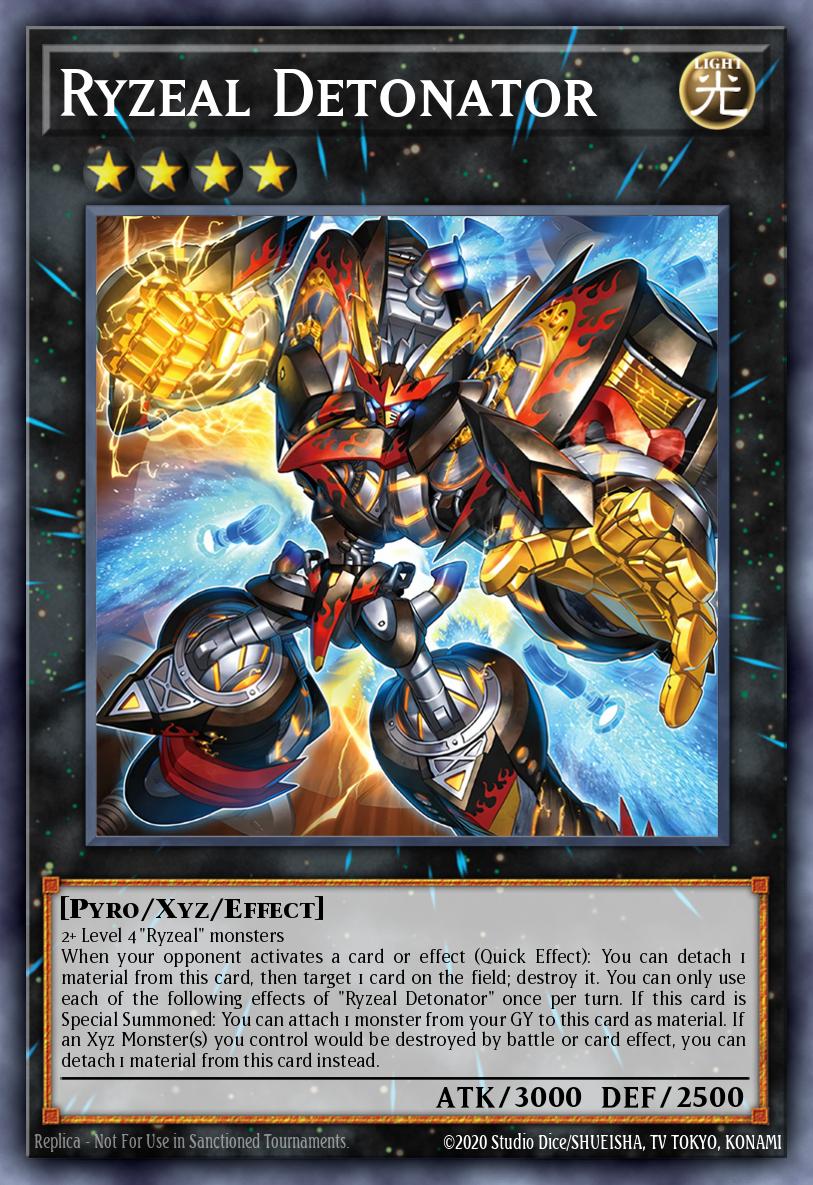
Ryzeal was hit extensively by these bans. Their boss monster, Ryzeal Detonator, has now been limited to a single copy. Detonator provides Ryzeal decks with a powerful repeatable removal effect and a 3000 ATK body. Now though, if the Detonator ever ends up banished then there’s no clear path to get it back.
Bonfire, a necessary searcher for the archetype, has also been limited to one. Limiting this card pushes players to substitute Seventh Tachyon, a chase new searcher from Maze of the Master, into their deck. Seventh Tachyon can seek out Sword Ryzeal, which Bonfire can’t, but given that Ext Ryzeal can already search for Sword this often won’t be relevant. Seventh Tachyon’s downside of forcing its controller to put a card from their hand on top of their deck makes it a bit of a downgrade compared to the card it will be replacing. Speaking of Ext Ryzeal and Sword Ryzeal, they have both been Semi-Limited. Now only two copies of each can be run in the deck.
The consistency of Ryzeal decks has taken a blow here. With only a single Detonator they will need to play a lot more cautiously. This doesn’t look like it will completely invalidate the archetype, but it will no longer be the deck-to-beat sitting at the top of the meta.
Maliss
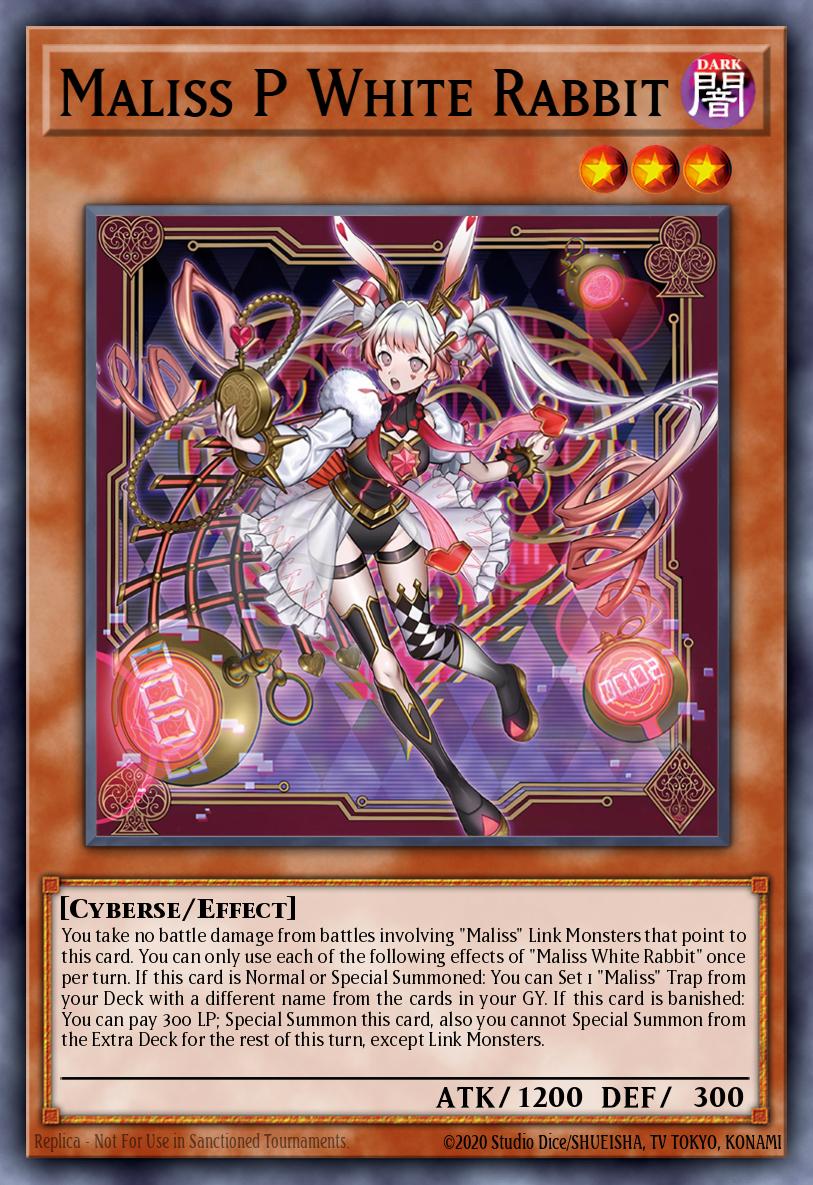
While Maliss has been hit by this banlist, they’re much less impacted than Ryzeal.
Several Maliss cards are now semi-limited. You’ll only be able to run two copies of Maliss P White Rabbit, Maliss P Dormouse, and Maliss In Underground from now on. While this is undeniably a bump to the deck’s consistency, It’s far from terminal. You’ll just need to ensure that you keep a copy of Terraforming around and that you run a full playset of Maliss P Chessy Cat.
Bystial Druiswurm and Dimension Shifter becoming limited also hurts Maliss. The banish effects on these cards could be used to disrupt opponents running graveyard-centric strategies, while also helping Maliss players get their monsters into banishment where they want them. Dimension Shifter will be hard to replace, given the strength of its blanket banishment effect. Fortunately, there are all manner of other Bystial monsters ready to fill the gap left by the limiting of Druiswurm. Bystial Baldrake offers a reasonable approximation, although its removal effect is more costly to activate.
More than any of their own cards becoming semi-limited, the banning of Link Decoder has impacted Maliss the most. Nevertheless, the archetype can still hack it. Alliance Insight will bring new support come May, so there’s no reason to leave Wonderland just yet.
Other Cards Impacted by the April 7th Banlist

The price of several cards from the infamously expensive Fiendsmith engine began to wobble in late March in anticipation of potential bans. Surprisingly though, Fiendsmith has pulled through these bans completely unscathed. Lacrima and Engraver will live to smith another day.
Triple Tactics Talent and Crossout Designator are notoriously good cards. Crossout Designator banishes a card from its controller’s deck to negate the effect of a card with the same name. This makes it a great counter to omnipresent hand traps like Effect Veiler and Ash Blossom & Joyous Spring. Triple Tactics Talent, meanwhile, is powerful because of its incredible versatility. If an opponent activates a monster effect during your main phase, Triple Tactics Talent mimic the effect of either Change of Heart, Pot of Greed, or The Forceful Sentry. Both Triple Tactics Talent and Crossout Designator are now limited. With Crossout Designator less able to reign them in, hand traps are likely to become even more impactful going forwards Players will need to be more careful managing their resources with fewer Triple Tactics Talents to draw new cards.
Danger!? Jackalope?, and Danger!? Tsuchunoko? have both been made unlimited. These cute cryptids encourage a discard-based strategy. Their return to full usability, alongside the Abyss Dweller ban, provides another reason to think about experimenting with a graveyard deck.
The last two cards left to discuss are Eva and Performapal Monkeyboard. Both of these cards have moved from semi-limited to unlimited. Eva is a searcher for low-level Light Fairy monsters that’s usable in all sorts of archetypes from Cyber Angels, to Trickstars. Being able to run three copies of this Olimar-like alien is a small but noticeable boost for all of them. Monkeyboard’s unbanning, meanwhile, might help Pendulum shake off its reputation as game’s most slept-on summoning mechanic.
What Does the Future Hold?

While it’s clear that Maliss and Ryzeal are the biggest losers here, they have by no means been nerfed into unplayability. These changes should leave them weakened, but still usable. It seems like there has been an effort here to push graveyard interaction. The Abyss Dweller ban is the most obvious symptom of this, and Dimension Shifter’s shift into limited status also makes it less able to keep cards out of the yard. Meanwhile, the two Danger!? cards are now unbanned and ready to slot straight into discard-fueled graveyard decks. Crossout Designator and Triple Tactics Talent were essentially omnipresent spell cards, because of this, limiting them makes sense. While few will mourn Triple Tactics Talent, Crossout Designator’s role as the arch enemy of hand traps may be missed.
At the end of the day, it’s still a mystery how all of this will shake out. Will there be a big graveyard-combo revival? Maybe Maliss and Ryzeal will be able to keep clinging to the crown? Perhaps Memento, Blue-Eyes, Crystron, or another archetype will sweep its way to the top? The only way to find out is to keep on dueling.


